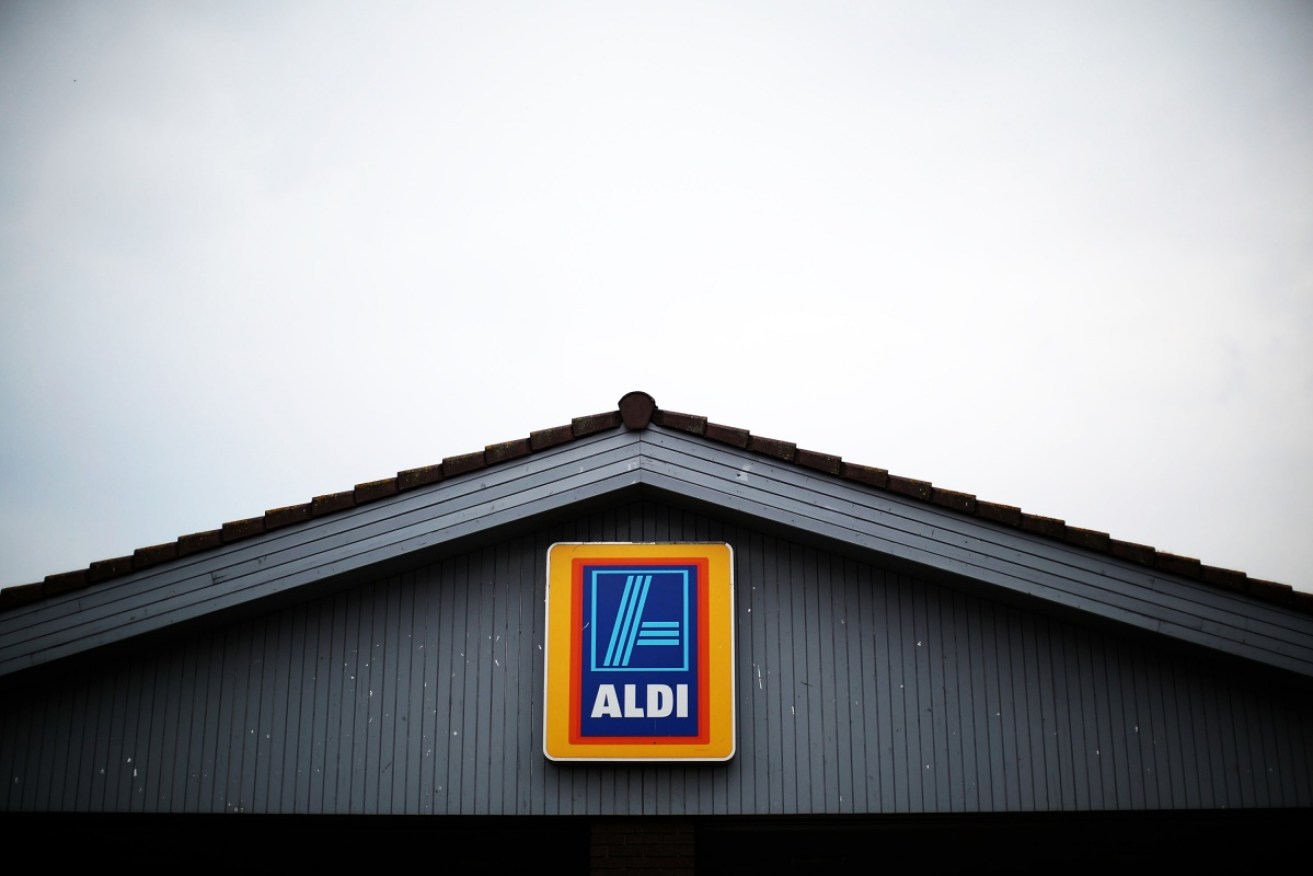Aldi has Coles and Woolies reeling. They may not recover


The German giant is taking over. Can it be stopped? Photo: AAP
Coles and Woolworths supermarkets both had to report their profits, or lack thereof, to the markets this week. It’s clear both are getting burned by Aldi.
The supermarket market is roiling with pressure and shoppers can expect even more turbulence in the aisles.
We learned this week that Coles has been singed by the German competition, with shrinking prices and very modest revenue growth of 2.7 per cent ($3.9 billion for the year). It has been cutting prices in food and liquor for seven years – well below inflation. It also revealed it will cut its product range by 10 to 15 per cent in coming years.

Woolworths has fared worse. It posted a full year net loss of $1.235 billion on Thursday. It has cut prices as much as 2.7 per cent at the end of 2015-16, but wasn’t enough to prop up profits – supermarket and petrol profits were a whopping 40 per cent lower. And despite cutting costs to get customers to buy more items, it actually took 0.2 per cent less money across the checkouts than the year before. In a country with a growing population that’s a poor result.
Aldi has forced the big two into an unhappy cycle of endless discounting and range-cutting that has not been enough to stop them leaking market share. It leaves Coles and Woolies under siege on both fronts – lower margins and lower sales growth.
When Aldi says dance, you best dance
Ever since Aldi opened its first store in Bankstown in 2001, the battle for price supremacy has been fought hard. Coles responded sharply with its Down Down campaign and $1 milk. Woolworths entered the fray reluctantly, and too late.

The big two are hurting. Photo: Getty
Aldi has, so far, made the big two supermarkets follow and we’ve all benefited. Lower prices, along with lower profits, have ultimately been good for shoppers. The trade-off, a shrunken range, is one we’ve been mostly willing to accept. But we haven’t seen the end.
What is important is how Aldi is forcing both big supermarkets to adapt. Both are stocking more home brands and cutting ranges. Both are cutting prices and trimming costs to achieve that. That is, all three big supermarket chains are trying their guts out to be cheap.
It could become four chains battling for cheap supremacy if you count Lidl, an Aldi clone rumoured to be considering stores in Australia. Not all of them can be cheaper than the rest. And when everyone is huddling up one end of the value spectrum it leaves a giant gap.
Fancy pantless
Since Woolworths cut its Thomas Dux brand, nobody with any heft is competing at the top end, selling fancy branded groceries at high prices. That gap is an opportunity for an eagle-eyed competitor. And one such competitor is hovering, ready to swoop.
There is another major global company called Woolworths. It is a South African chain and it recently bought David Jones. That gives it a base in Australia and it is showing impressive skills at the famous houndstooth-branded department store. Sales are up 8.4 per cent since last year and profit rose even more.

Nobody can accuse Aldi of being glamorous. Photo: Getty
When Woolworths South Africa first made its entry into Australia, rumours from “insiders” suggested executive Pieter de Wet would take over the David Jones food halls and could expand into upscale supermarkets.
At the moment, there is probably no big market in Australia for fancy groceries. Cost of living pressures are front of mind as wages growth is anaemic and underemployment is rising. But, were Australia to see an economic recovery in a few years’ time and the return of a bit of inflation, people may become open to paying more for their daily bread.
If Woolworths South Africa had begun to open a chain of upscale supermarkets at that time, it would be able to expand them with the wind at its back. And it needn’t be them – the world is full of grocery retailers thinking about how they might find new markets. US chains WholeFoods and Trader Joe’s, for example.
If the top end of the market gets crowded by yet another player, that would leave even less room for Coles and Woolworths to play in. How long might the two supermarket chains survive after that before divestment or severe shrinkage? That’s anybody’s guess.








